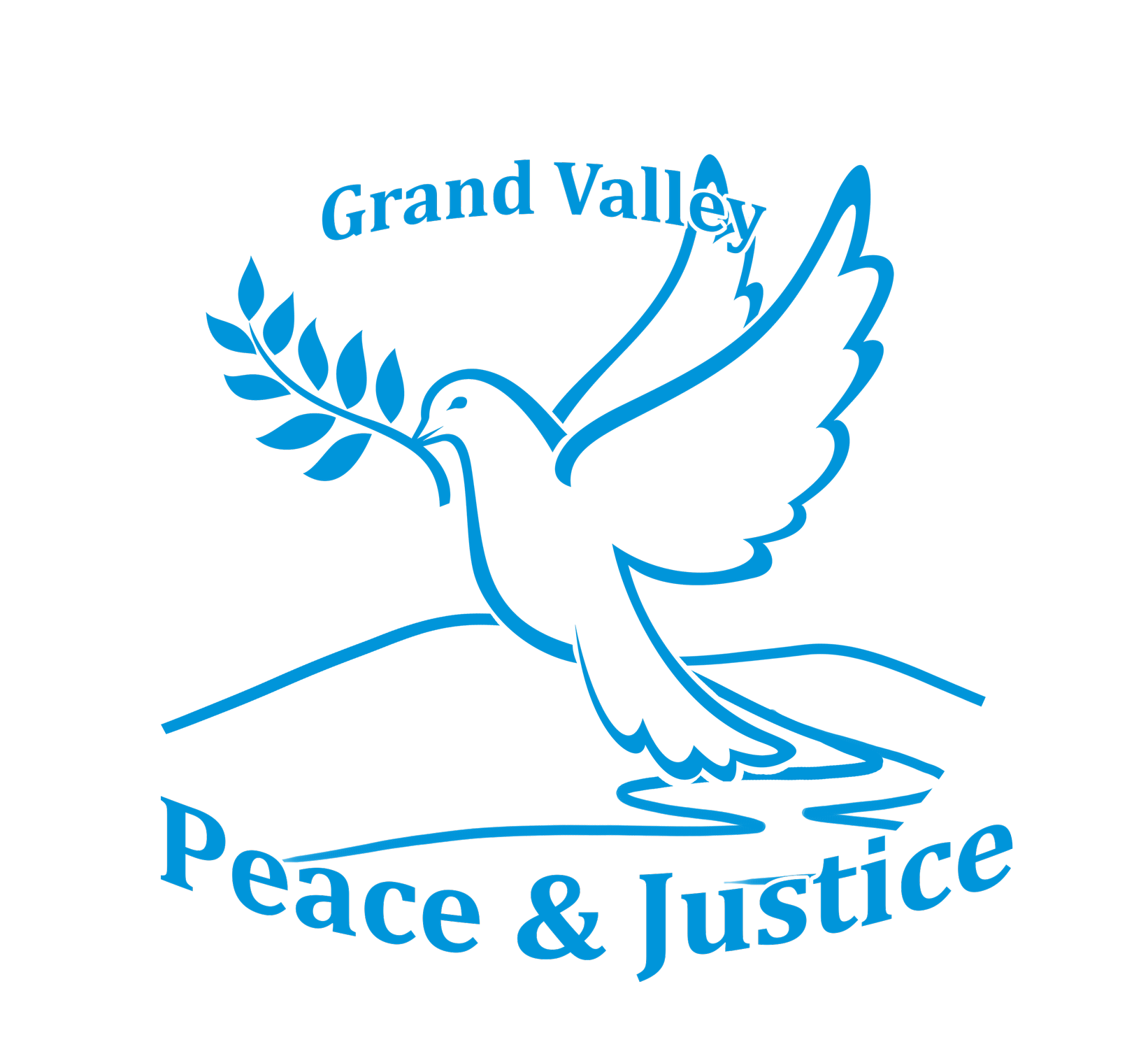Peace in Practice
A Review of the Book “The Little Book of Circle Processes A New/Old Approach to Peacemaking”
by Kat Pranis
Review by: Amanda and Dee of the GVPJ Team
Using the Circle Process for Peacemaking in a Sanctioned Camping Community
Indigenous people created the idea of “talking circles” long ago to resolve conflict within the tribe.
The peacemaking process is a unique instructional approach that can be used to stimulate multi-cultural awareness while fostering respect for individual differences and facilitating group cohesion. We are sure it is used in some psychology practices differently.
How does a Talking Circle work? Basically, the community gathers when a talking circle is needed or wanted. A talking piece is used to allow only that person to talk while they have the piece. It is our opinion that the talking piece plays a vital role in the circle because it allows individuals to relax and listen when the talking piece is with someone, instead of already forming a comment in their head and not hearing the entire conversation.
The community makes up the “rules” of the circle together and agrees on them together. There are four fundamental stages that must be included in the circle
- Stage 1: Suitability – is this circle suitable for the entire community or smaller circles needed (i.e., family circles)
- Stage 2: Preparation
- Stage 3: Convening – opening ceremony
- Follow-up – closing ceremony
Some benefits of talking circles are:
- Aids in deeper listening and reflection in conversation
- Helps promote self-exploration in an empathic supportive atmosphere
- Improves and models good listening skills
- It allows those that have never spoken up before or have poor listening skills to learn. The talking piece gives the person holding it a tiny feeling of self-empowerment.
- Provides a space where people are committed to helping one another heal
- Gives one permission to speak truthfully without repercussions
- As the circle becomes a constant in the community, people will talk more about themselves and others will learn their stories as we all have a different story = building trust again
- Encourages respect
- It can be used for many different reasons, i.e., conflict resolutions
- A good thing about a circle process is it may take more than one circle gathering to accomplish an agreed upon resolution.
- It is not a majority rules decision making process, if there are those that disagree with the solution, then the circle continues with everyone listening to why those that don’t agree with the resolution and continue discussion to come up with common ground.
Circle Processes is part of four classic justice and peacebuilding books in one volume. The other books are: The Little Book of Restorative Justice by Howard Zehr; The Little Book of Family Group Conferences New Zealand Style by Allan MacRae & Howard Zehr; The Little Book of Victim Offender Conferencing Bringing Victims and Offenders Together in Dialogue.
